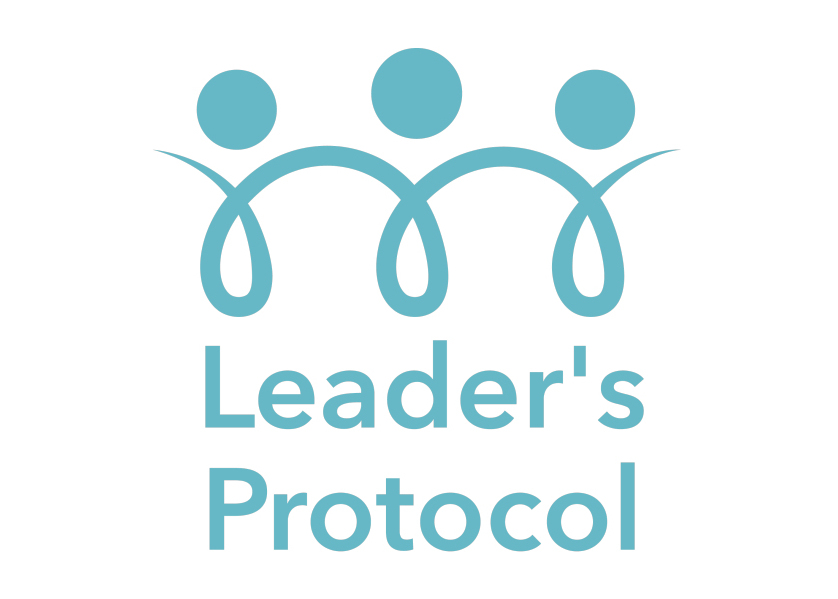Psychological Safety seems to be an increasingly accepted "thing", and at the same time often attracts many interpretations and lots of criticism for "getting in the way". I couldn't disagree more and here I try to explain why
Psychological Safety: The Foundation for Innovative & Confident Teams
In the current volatile, uncertain, complex, and ambiguous (VUCA) business environment, innovation has emerged as a survival strategy for many organisations. In the quest to develop innovation and innovative practice, an often-overlooked element is psychological safety. Coined by Harvard Business School professor Amy Edmondson, psychological safety refers to “a sense of confidence that the team will not embarrass, reject or punish someone for speaking up.” (Edmondson, 1999). This article explores the role of psychological safety in driving innovative teams and offers suggestions to enhance it in your organisation.
The Importance of Psychological Safety
In the face of relentless competition and disruptive technologies, innovation is crucial. However, innovation is not merely a product of intelligent minds or technologically advanced tools but is a by-product of psychological safety, which forms the foundation for open communication, creative risk-taking, and learning from failures.
In a climate of psychological safety, individuals feel comfortable voicing their ideas and concerns without fear of punishment or rejection. This kind of environment is fertile ground for innovation because it encourages the free exchange of ideas and promotes a willingness to take risks, both of which are integral to the innovative process.
Psychological Safety and Innovation: The Evidence
Consider the case of Pixar Animation Studios, known for blockbuster hits like Toy Story, Finding Nemo, and Inside Out. According to Catmull (2014), the company’s president, psychological safety plays a vital role in the company’s innovation strategy. He posited that Pixar’s Braintrust, a group of creative leaders who candidly discuss ongoing projects, is effective due to the psychologically safe space it provides for open dialogue and constructive criticism. This has fuelled Pixar’s remarkable string of successes.
A study by Nembhard and Edmondson on 51 work teams from 10 manufacturing companies found that psychological safety positively affects team learning behaviour and team performance, which are important for innovation. The authors argue that psychological safety facilitates information sharing and helps members believe they can take risks and experiment without fear, which can lead to process improvements and innovative solutions.
In another example, the pharmaceutical company Eli Lilly recognised that innovation is largely dependent on psychologically safe environments. To create these, the company developed a program focusing on promoting the right behaviors for creativity, including openness, collaboration, and respect. This shift toward psychological safety helped the company spur innovation and get ahead in the highly competitive pharmaceutical market.
Balancing Psychological Safety and Accountability
While psychological safety promotes a non-threatening environment, some critics argue it may lead to a lack of accountability or diminished performance expectations. However, it’s essential to clarify that psychological safety is not about complacency or ‘being nice’ – it’s about encouraging open dialogue, learning, and experimentation. It’s arguable that being able to speak up, offer suggestions, say “The wrong thing” and not be either criticised or mocked for it takes guts and is anything but the “soft and fluffy” label it has been known to attract.
According to Edmondson, organisations can balance psychological safety and accountability by setting high performance standards while also cultivating an environment where employees feel safe to take intellectual risks. This allows organisations to maintain a focus on excellence and innovation simultaneously.
Creating Psychological Safety in Your Organisation
Lead by Example: Leaders play a critical role in establishing psychological safety. They can do this by modelling behaviours such as openness to feedback, acknowledging their limitations, and showing curiosity and humility.
Encourage Voice: Foster an environment where all team members feel valued and heard. This can be done by encouraging dialogue, asking for input, and valuing diverse perspectives.
Frame Work as Learning: Consider framing work as a constant learning process, emphasising that failure and mistakes are opportunities for growth and innovation.
Respond Productively to Voice: When team members do speak up, ensure their ideas are received positively. This doesn’t mean implementing every suggestion but rather acknowledging the contribution and providing constructive feedback.
The role of psychological safety in fostering innovation cannot be overstated. By cultivating a psychologically safe environment, organisations can stimulate open dialogue, promote risk-taking, and ultimately drive innovation. Remember, in the race for innovation, the speed of trust and psychological safety can often overtake the speed of technology and intelligence.
While the focus here has been primarily on the team and organisational level, psychological safety also has implications at the societal level. Societies that encourage open dialogue, learning from failure, and intellectual risk-taking could be more innovative and resilient in the face of challenges.
What steps can you take to enhance psychological safety in your team or organisation? How can you balance psychological safety with performance accountability? How might an increased focus on psychological safety impact innovation in your context?
Remember, as Amy Edmondson points out, psychological safety is not an ‘expensive’ commodity that only wealthy organisations can afford. It’s more about leadership and interaction styles – making it accessible to any team, in any organisation, regardless of its resources.
Want more? I’d recommend …
Book: “The Fearless Organization: Creating Psychological Safety in the Workplace for Learning, Innovation, and Growth” by Amy Edmondson
Article: “High-Performing Teams Need Psychological Safety. Here’s How to Create It” by Harvard Business Review
Video: “Building a psychologically safe workplace” TED Talk by Amy Edmondson
Podcast: “WorkLife with Adam Grant”
References:
Catmull, E. (2014). Creativity, Inc.: Overcoming the unseen forces that stand in the way of true inspiration. Random House.
Duhigg, C. (2016). What Google Learned From Its Quest to Build the Perfect Team. The New York Times Magazine.
Edmondson, A. (1999). Psychological Safety and Learning Behavior in Work Teams. Administrative Science Quarterly, 44(2), 350-383.
Kahn, W. A. (1990). Psychological Conditions of Personal Engagement and Disengagement at Work. Academy of Management Journal, 33(4), 692-724.
Kramer, R., & Cook, K. (2004). Trust and distrust in organizations: Dilemmas and approaches. Russell Sage Foundation.
Nembhard, I. M., & Edmondson, A. C. (2006). Making it safe: The effects of leader inclusiveness and professional status on psychological safety and improvement efforts in health care teams. Journal of Organizational Behavior, 27(7), 941-966
Newman, A., Donohue, R., & Eva, N. (2017). Psychological safety: A systematic review of the literature. Human Resource Management Review, 27(3), 521-535



